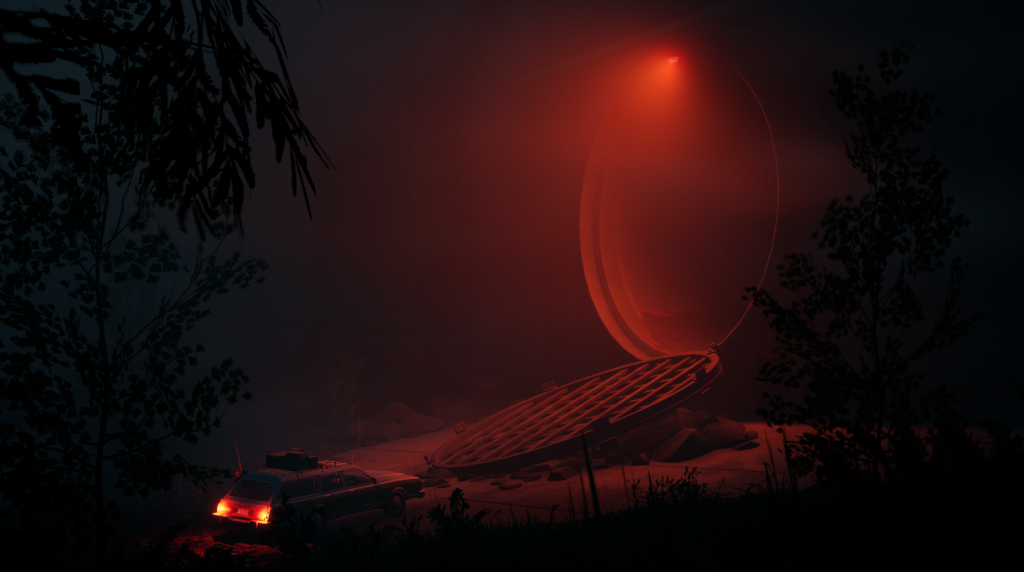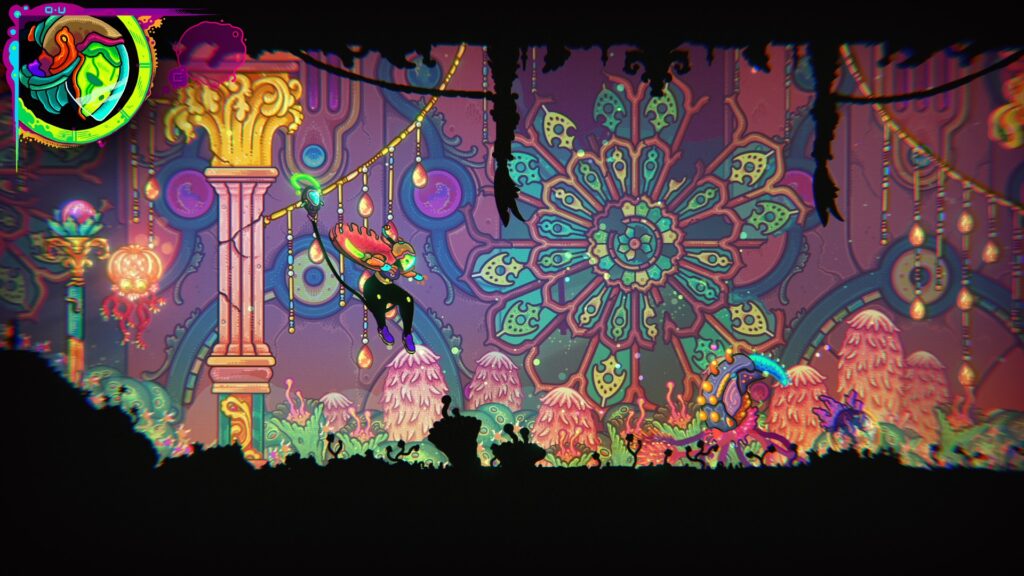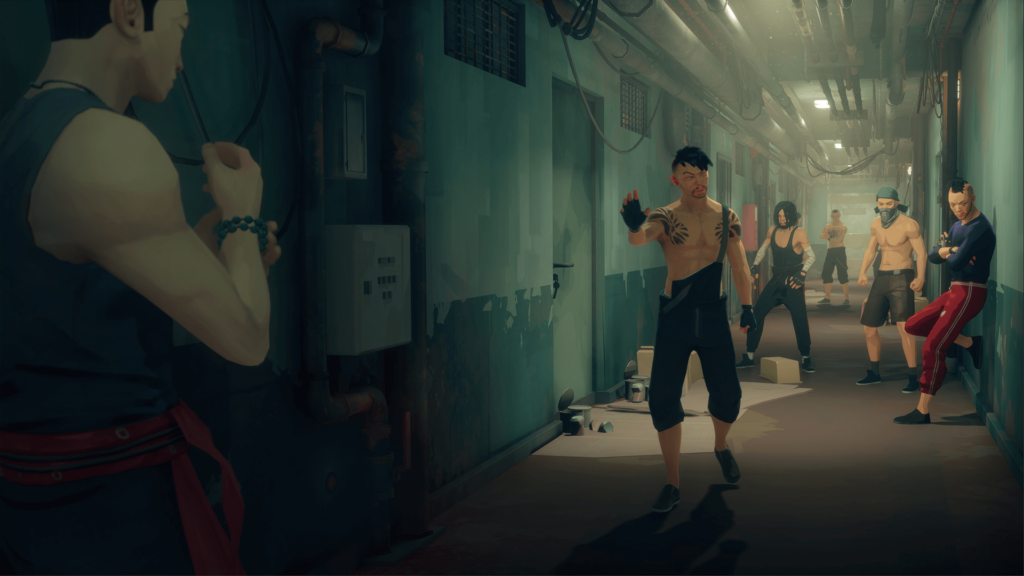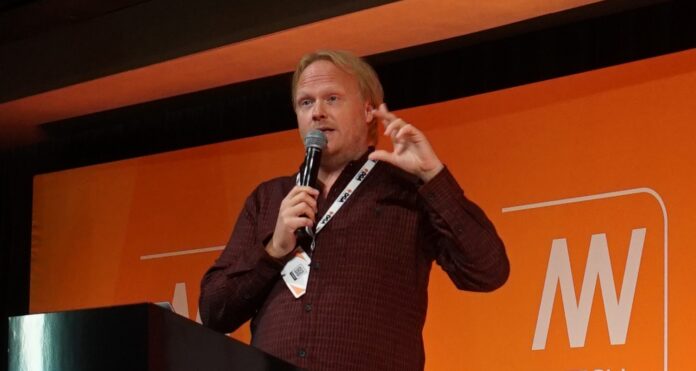Photo: Arno Landsbergen
With over 2000 pitches flooding their inbox every year, Kepler Interactive is no stranger to reviewing a deluge of game ideas. The small team of six to seven professionals is tasked with wading through roughly 150 new concepts per month, determining which few might have the potential to become the next big title. “It’s truly crazy,” says Matt Handrahan, Senior Portfolio Manager at Kepler Interactive, “but we break it down to three or four a day, and you get through your quota.”
But what exactly is Kepler looking for in this sea of submissions? During his talk at the Dutch Game Day, Handrahan shared some interesting insights. While the game must, of course, be well-made, technical precision alone doesn’t guarantee a contract. Kepler Interactive’s selection process hinges on more than just a game’s polish, it’s about the ‘vibe’ and the unique potential of the concept. “It really is vibes at a certain point, it’s an X-factor thing,” says Handrahan, emphasizing that a game needs to evoke something more than mere competence. A technically sound but unremarkable game is unlikely to make the cut.
Rough Edges
Take Pacific Drive, for example. The game was far from perfect, its Metacritic score hovered around 77 or 78 and it received mixed reviews. “We got a couple of four or five out of 10 reviews and yet when you show it to people, they’re like, ‘I want to play that,’” Handrahan recalls. The key was not the game’s technical perfection but the originality and excitement it sparked in players. This is what Kepler looks for: games that generate intrigue and make players want to experience them, even if they have rough edges.

This intangible ‘X-factor’ is often tied to the game’s originality. Kepler Interactive strives to build a portfolio that reflects creativity and innovation. “If you’re going into the same world as everybody else, the chances of you making that signing game, at least for us, is lower,” Handrahan explains. It’s not enough to iterate on successful formulas like Hades, unless you’re bringing something truly fresh to the table. A game might be good, but that doesn’t mean it’s good enough to be signed. “What we seek is a game that can’t easily be compared, something that stands out in a crowded market. We want our games to create an identity for our company that it’s, I don’t know… cool.”
Mid-game, late-game, scope
However, Kepler Interactive’s approach goes beyond just vibes and originality. They also care about the long-term potential and feasibility of the game. When considering a game for signing, they look deeply into its scope and development trajectory. “If we’re really interested in signing, we’re going to ask for something that really articulates mid-game, late-game, scope, features—all of that stuff,” says Handrahan. While they might start with the creative vision, the hard data has to follow. Developers need to demonstrate a clear understanding of their game’s full scope, progression, and mechanics, even if those details aren’t immediately visible in an early prototype.

This is particularly important given the competitive nature of the industry today. “It’s such a buyer’s market now,” Handrahan notes. Publishers, including Kepler, receive far more pitches than they can sign, making it imperative for developers to show that they can deliver not just an idea, but a complete and compelling product. To that end, a simple pitch deck and prototype are no longer enough to secure a deal, unless the studio has an established track record. “You can’t really just send someone a pitch deck and like a gray box prototype and have much of a chance of getting a deal,” he warns.
Community-building
For developers hoping to self-publish, Kepler Interactive offers some support. But even for those pursuing that route, Handrahan emphasizes the importance of community-building from day one. Too many developers, he says, “assume the publisher is there to do all of that community-building for them,” which is no longer realistic given the crowded marketplace. He cites developers who are 18 months into production with only 200 Twitter followers as an example of teams that simply aren’t thinking enough about marketing. “I would act like I was self-publishing from the very first day you start making your game,” Handrahan advises. Building an audience, getting wishlists on Steam and ensuring visibility are crucial elements that can’t be outsourced entirely to a publisher.

Handrahan’s advice for developers boils down to one core principle: never assume that a publisher will do all the heavy lifting. From game development to marketing, the teams that stand out are those who take ownership of every aspect of their game’s success. “If you don’t have a decent number of wishlists, it will be like 90% sure you’re not gonna get signed,” he says. “Playing it safe doesn’t really have that much value.” In a world filled with good games, it’s the bold, imaginative, and well-executed ones that get signed.
Originally published 4 October 2024

